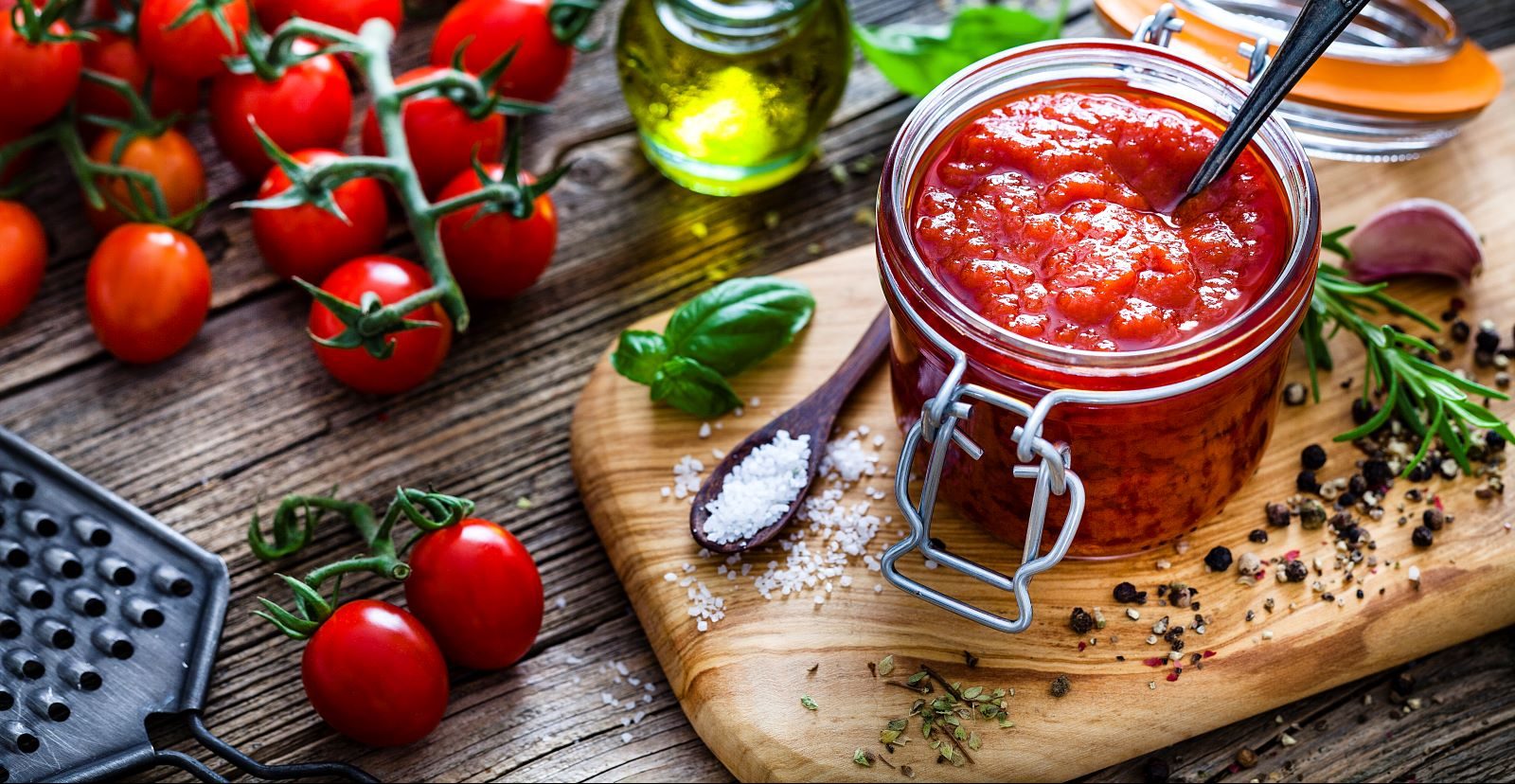Even for the health conscious, hidden ingredients can wreak havoc on a seemingly balanced diet.
One offender is sodium, which is commonly snuck into packaged and processed foods to extend their shelf life.
“Sodium is in a lot of foods you wouldn’t think of, including sweet things. Before we had refrigeration, salt was used to inhibit microorganisms. In preventing rapid spoilage, it extends product life,” says Melissa Keeney, RDN, a nutritionist at St. Vincent’s Medical Center.
Common culprits
While you might expect sodium in savory foods like cold cuts, cured meats or chips, more surprising examples include:
- Cottage cheese. Sure, it’s packed with protein and calcium, but this dairy product contains about 400 mg of sodium in a half-cup serving. Instead, opt for plain Greek yogurt which only has about 70mg for the same amount.
- Sports drinks. “Unless you are doing very intense exercise for prolonged periods of time in the heat, such as a marathon or tennis tournament, you likely do not need a sports drink,” Keeney says. “Food contains electrolytes, so the best way to replenish before and after exercise is with a meal or snack.”
- Cookies. Many sweet-tasting products, even many “healthy” versions, still contain high sodium levels.
- Instant oatmeal. This quick and easy breakfast contains as much as 200mg of sodium per serving. Try switching to plain oats topped with fresh fruit for flavor.
- Canned vegetables. If fresh or frozen vegetables aren’t practical for you, consider low-sodium canned options. You can even rinse the contents of a regular can with water to get rid of the added sodium.
- Salad dressing. While suggested servings are just two tablespoons, manufacturers pack in 200mg or more of sodium. Even light or low-fat varieties are steeped in salt. Try making your own dressing, or use oil and vinegar for a low sodium option.
- Cereal. Sugar is not the only ingredient to monitor in breakfast cereal, which can contain as much as 280mg of added salt per half-cup serving.
- Veggie burgers. Many vegetarian products swap meat with higher doses of sodium for flavor. In addition, because salt alters protein structure, its interaction with components like water and fat improves food texture, Keeney adds.
- Cheese. A key ingredient in cheese is salt, which acts as a preservative and removes excess water to create a firmer texture. Just one ounce of feta cheese has 320mg of sodium and pasteurized, processed cheeses can have 425mg or more per ounce. Swiss cheese is a low sodium option, or try parmesan – a small amount can add a lot of flavor.
- Jarred pasta sauce. Enhancing flavor and adding shelf life calls for the large amounts of salt found in pre-made sauces, which can include up to 500mg per half cup.
> Related: 6 Dietitian-Approved Snacks That Taste Great Too
How much salt can I have?
The American Heart Association recommends average people consume no more than 2,300 milligrams (mg) of sodium, or about one teaspoon, a day. Anyone at higher risk of heart disease or high blood pressure should have no more than 1,500 mg a day, or about 400mg per meal plus snacks.
“Excess salt in the bloodstream pulls water into the blood vessels, increasing the amount of blood inside them. As more blood flows through the blood vessels, blood pressure increases, making the heart work harder to pump blood through the body,” Keeney says.
Pass on the salt
To sidestep the sodium issue, Keeney suggests eating fresh foods whenever possible and choose lower sodium options.
“To add flavor, use herbs, vinegar, citrus and spices,” she says. “It does not need to be an all-or-nothing approach. Start by introducing one lower salt meal a week, then build from there.”



